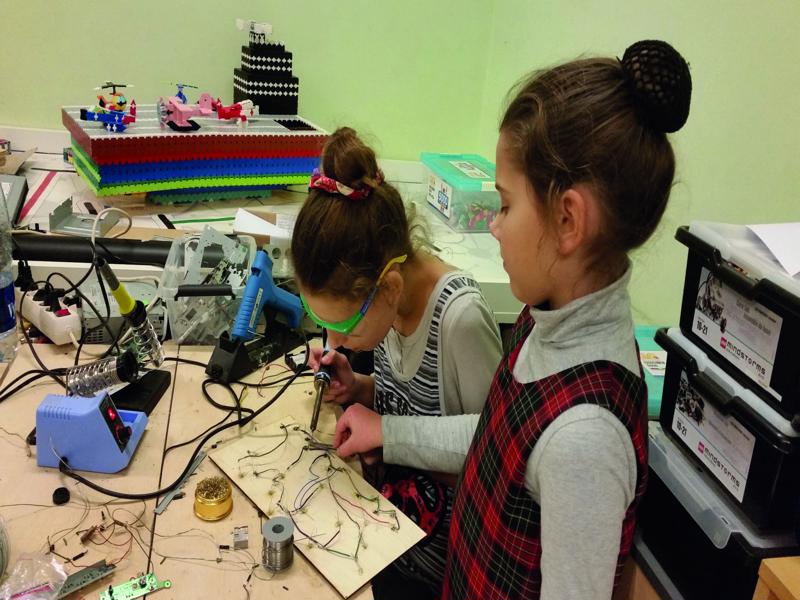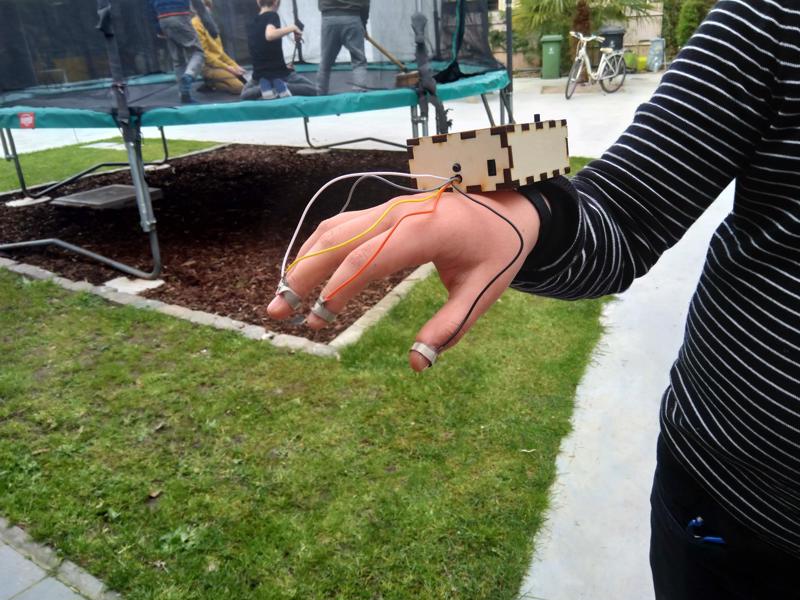
Backed by the European Commission and with funding from Horizon 2020, the Phablabs 4.0 initiative saw 1,221 girls attending events since last year. The programme involved a series of 33 workshops and 11 Photonics Challenger projects across 10 European countries in a bid to tackle the underrepresentation of women in science.
Workshops created innovative problems for students to solve using lasers and photonics, the technology around the emission, manipulation and detection of light. At the more advanced end of the scale, Challenger Projects tasked students with building an invisibility cloak and creating their own hologram.
“We are delighted to be able to open a door into a world of science that some girls and young women may feel is closed,” said Professor MacDonald from WISE (Women in Science and Engineering), which helped support the project. “Girls and young women are more likely to consider studying STEM subjects beyond age 16 if they see that the subject keeps their options open.
“The STEM sectors can only benefit from the talents of these young women. More girls and young women deserve the chance to have successful and satisfying careers in science, technology, engineering, manufacturing, mathematics and construction.”

Phablabs 4.0 targeted three age categories with photonics workshops aimed at high school girls (Young Minds), female university students (Students) and women who may have already started their careers (Young Professionals 18+). The programme also saw the publication of a new booklet, A Gender Balanced Approach. The booklet acts as a guide to future Fabrication Laboratories so that organisers in schools or universities can use it as a guide for promoting STEM to young women.
“Phablabs is amazing and interesting,” said Ester Muylaert, 18, from Halle in Belgium. “We’ve learned lots of new skills that we wouldn’t have picked up in school. To see the job in front of me and to meet the person who does that job has given me loads of ideas about what I can do in the future. It’s really made me want to work with photonics.”




Poll: Should the UK’s railways be renationalised?
I'm reminded of the old adage about stupidity is doing the same thing time and time again, expecting different results. The current model simply...